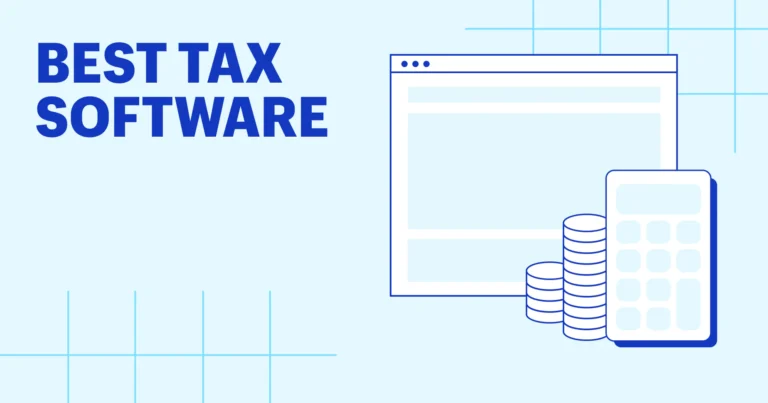It might be difficult for freelancers to maximize their tax savings and to file their taxes on time and appropriately. A growing number of people are using freelance work as their main source of income as the gig economy takes off. Nonetheless, freelance tax management may be difficult and stressful, particularly when it comes to paying anticipated taxes on a quarterly basis. This post will discuss how tax software programs may make it easier for independent contractors to submit their quarterly payments.
The Problems with Quarterly Paying Independent Contractors
Since freelancers are regarded as independent contractors, they are in charge of filing their own taxes, including self-employment taxes. Independent contractors are required to pay estimated taxes on a quarterly basis, in contrast to regular workers who have taxes deducted from their paychecks. For independent contractors who do not have a reliable source of income or who are uncertain of their tax liability, this might be difficult.
Figuring out how much they owe is one of the main problems freelancers have when it comes to quarterly payments. Freelancers could find it difficult to calculate their taxes with accuracy if they don’t have access to an LLC tax calculator or self-employment tax estimator. The IRS may levy underpayment penalties and interest as a result, which may quickly mount up and deplete their hard-earned money.
The Advantages of Tax Software for Independent Contractors
For freelancers, tax software options streamline the computation and quarterly anticipated tax payment procedure. Based on their income, spending, and deductions, these software tools can assist independent contractors in precisely estimating their tax obligations. Independent contractors may make sure they are paying the correct amount of taxes each quarter and stay out of trouble with the IRS by utilizing an LLC tax calculator or self-employment tax estimator.
Tax software solutions not only assist freelancers calculate their projected tax payments, but they also optimize their tax savings. These tools can help freelancers lower their tax obligations and keep more of their hard-earned money by locating credits and deductions for which they could be qualified. Freelancers can reduce their tax liability and raise their total profitability by utilizing these tax-saving options.
The Functions of Tax Software for Independent Contractors
Freelancer tax software usually operates by asking users a series of questions on their earnings, outlays, and deductions. The program determines the freelancer’s projected tax burden using this data and offers instructions on how to submit quarterly payments. For freelancers, the process may be expedited and simplified using tax software tools that provide connections to make payments directly to the IRS and automated payment reminders.
Tax software programs can assist independent contractors with the preparation and filing of their yearly tax returns, in addition to estimating their tax liabilities. Freelancers may easily record their revenue properly using these tools since they can import income and spending data from a variety of sources, including bank accounts and accounting software. Freelancers may assure compliance with IRS requirements and expedite the tax filing process by utilizing tax software solutions.
Verdict
When it comes to handling their taxes, freelancers encounter particular difficulties, particularly with regard to filing quarterly estimated taxes. By giving independent contractors the instruments and resources they require to precisely calculate their tax obligations and optimize their tax benefits, tax software solutions may aid in streamlining this procedure. Independent contractors may make sure they are paying the correct amount of taxes each quarter and stay out of trouble with the IRS by utilizing an LLC tax calculator or self-employment tax estimator. In order to keep on schedule and in accordance with IRS laws, freelancers who want to streamline their quarterly tax payments might want to take a closer look at tax software alternatives.

